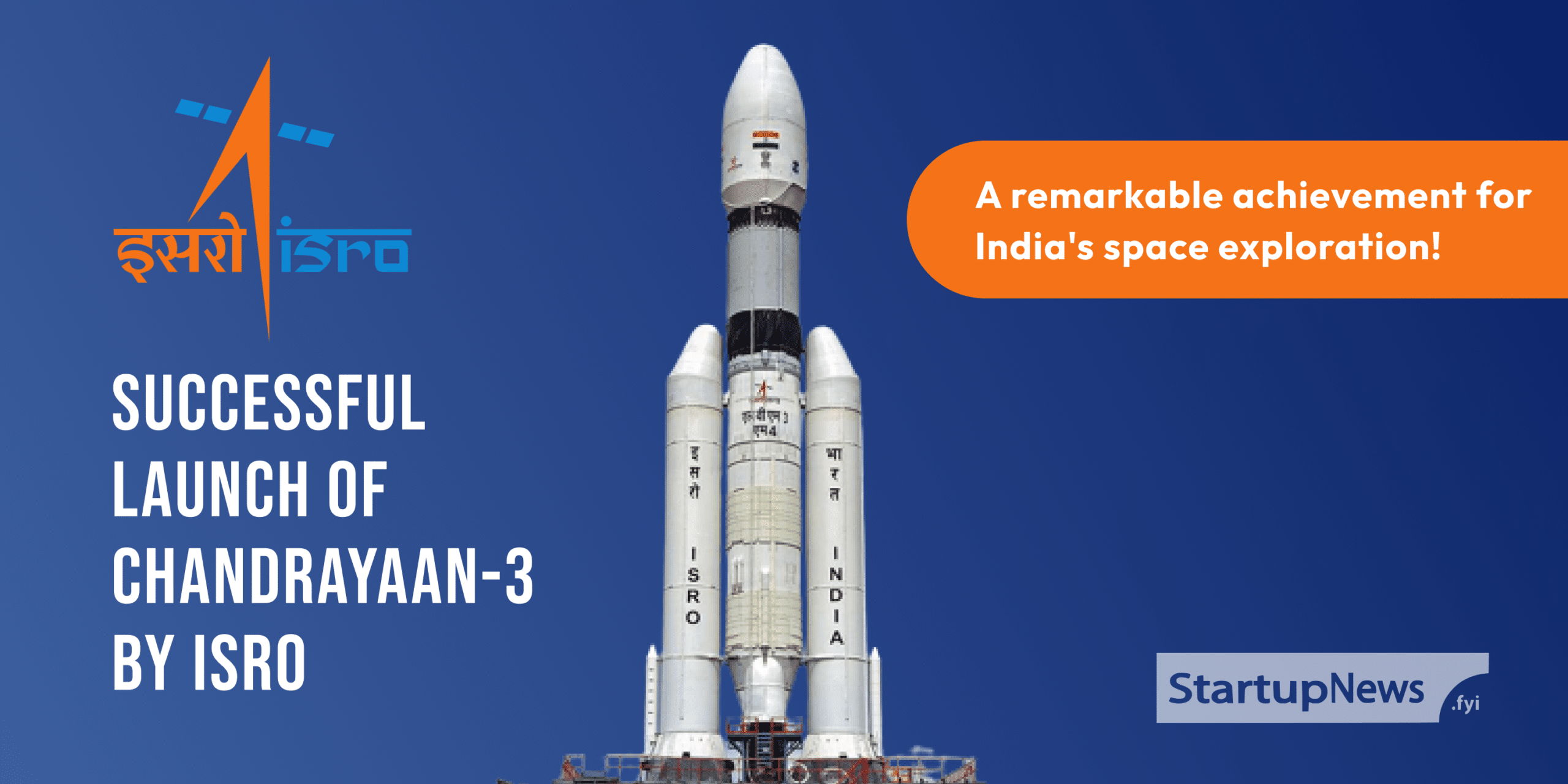ISRO achieved a significant milestone as it successfully launched Chandrayaan-3, India’s third lunar exploration mission, on Friday, July 14, 2023, at 2:35 pm IST. The journey of the Chandrayaan-3 spacecraft towards the Moon commenced with the launch of ISRO’s largest and heaviest rocket, the Launch Vehicle Mark III (LVM3), from Satish Dhawan Space Centre in Sriharikota, Andhra Pradesh.
Objectives and Landmark Ambitions of Chandrayaan-3
Chandrayaan-3 is expected to reach the lunar surface on August 23 or 24, 2023, with the ambitious goal of achieving a soft landing on the Moon’s south pole. Successful execution of this landing would establish India as the fourth nation to accomplish a soft landing on the Moon and the first to achieve this feat on the Moon’s south pole.
Phases of the Chandrayaan-3 Mission
Chandrayaan-3 consists of three distinct phases: the Earth-centric phase, the lunar transfer phase, and the Moon-centric phase.
During the Earth-centric phase, also known as Phase-1, the spacecraft undergoes pre-launch preparations, launch and ascent, and Earth-bound manoeuvres to adjust its trajectory.
The lunar transfer phase involves Chandrayaan-3 selecting the trajectory that will guide it towards the lunar orbit.
The Moon-centric phase encompasses various stages, including lunar orbit insertion and the final landing on the lunar surface.
Components and Specifications of ISRO Chandrayaan-3
The Chandrayaan-3 spacecraft comprises a lander, a rover, and a propulsion module. Its primary objectives are to demonstrate a soft landing on the lunar surface, conduct in-situ scientific experiments, and develop and test new technologies for interplanetary missions.
The lander module combines the lander and rover, while the propulsion module carries the lander module to a 100-kilometer circular lunar orbit. Following this, the propulsion module and lander module separate.
Upon reaching the lunar orbit, the Chandrayaan-3 spacecraft enters an elliptical orbit with dimensions of 170 × 36,500 square kilometres. Subsequently, it separates from the launch vehicle and moves into a lunar circular orbit measuring 100 × 100 square kilometres.
The propulsion module has a mission life of three to six months, weighs 2,148 kilograms, and can generate 758 Watts of power.
Chandrayaan-3 will operate for one lunar day, equivalent to 14 Earth days, to fulfill its mission objectives on the Moon’s surface overall.
Also Read The Latest News:
Former Byju’s employee shares layoff experience amidst mass layoffs

